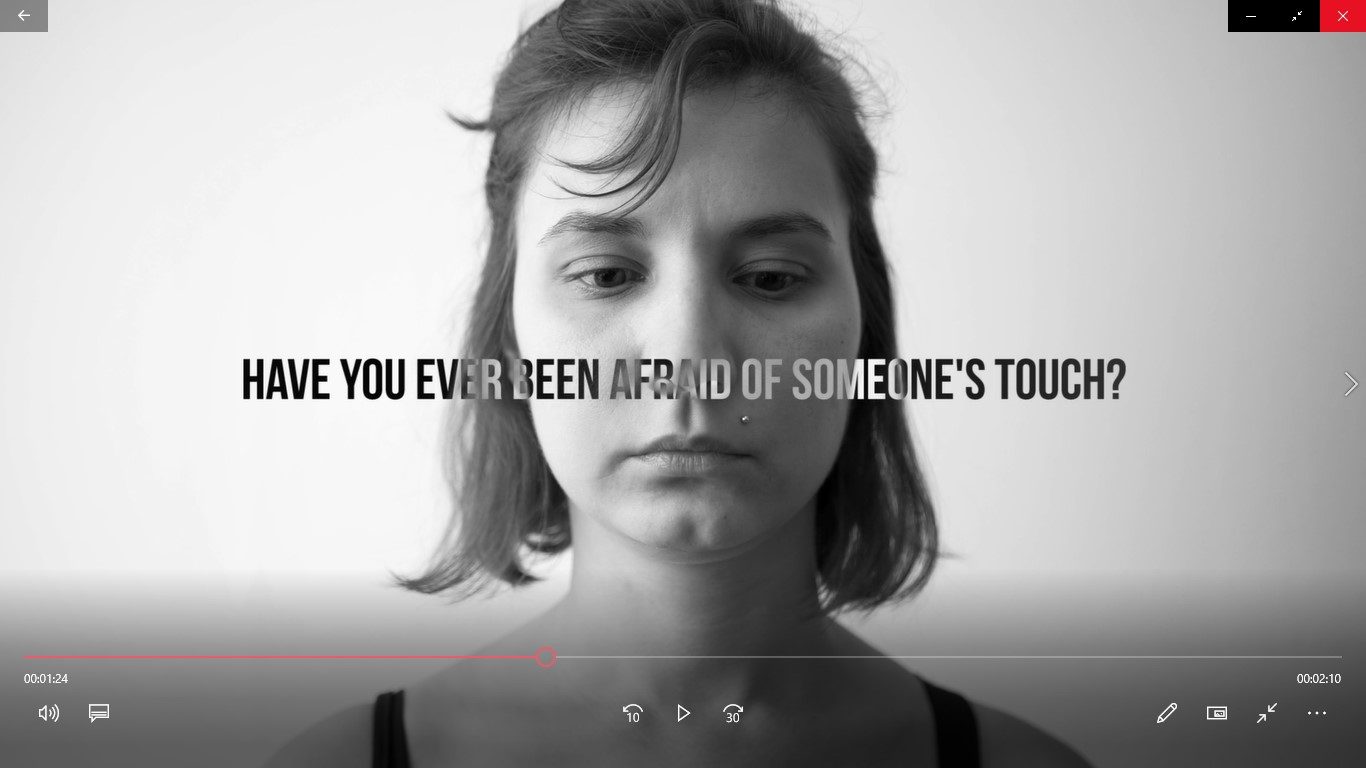The Open Call for the Social Art Award 2019 under the topic “We are the People – Peaceful Revolutions” was closed on December 15, 2019. We are very impressed by 558 submissions that were contributed by artists coming from 65 countries across all continents.
The winners of The Social Art Award 2019 are Narcissa Gold (USA), Melinda Mouzannar (Lebanon) and Bogna Grazyna Jaroslawski (Poland/Germany). The Honorary Mention goes to Kingson Kin Sing Chan (Hong Kong/UK).
Below you find the artworks, that passed the initial jury round. The public voting took place till 30 December and is a tool to give more public visibility to the topic and the artworks. It does not replace the final jury judgment. There were two wildcards for the most voted artworks that entered the final shortlist.
The focus diversity of applications shows that artists are active in the multi-faceted fields of socially engaged art reflecting on wars, genocides, femicides, traumata, violence against refugees, children, women, men, disabled people, LGBTIQs, animals. They share feelings for the planet and its living species, but also showing hopelessness due to complex crises be it climate change (e.g. in regard to water pollution), capitalism, corruption, a violation against human rights, nature, protected national parks. Many of the artists are constantly trying to give a voice to the poorest or empower unheard social groups.
It’s not only about peaceful revolutions, but it’s also about feeling a deep connection and showing love and respect for each other.
Thank you all for sharing your great and inspirational work and look at all the great contributions!
Apartment 102
dejmi hadrovic
open category
The documentary Calling the Ghosts: A Story about Rape, War and Women (Jacobson & Jelincic 1996) was the first visualized attempt to evaluate rape during the Bosnian conflict. The film gives a personal account of two women from the Bosnian town of Prijedor. Jadranka Cigelj and Nusreta Sivac, childhood friends who both worked as lawyers, were taken to a Serb concentration camp at the beginning of the conflict. Like all other Muslim and Croat women interned there, Cigelj and Sivac were systematically sexually abused and humiliated by their captors. Once released, they became human rights activists who tirelessly lobbied the UN tribunal at The Hague to define rape as a war crime. Despite sporadic mentioning in academic research focused on gender relations during the 1990s conflicts in former Yugoslavia, Sivac ‘s and Cigelj ‘s brave public appearance passed almost unnoticed in Bosnia and in the rest of the Western Balkans. My video work Apartment 102 is a video performance — a tribute to Jadranka Cigelj and Nusreta Sivac and the rest of the women survivors of concentration camp Omarska. In this experimental video, I aim to expose my everyday pressure and fear that occupies my mind which derives from subjective experience; I grew up with constant TV media channels conveying horrifying pictures of ex-Yugoslav war in the 1990s when images of atrocities were present in daily routine. One of the most significant events at that time was genocide in Srebrenica, and afterwards, the victims spoke about systematic rape on (mostly) women and brutal physical violence. Those images never disappeared completely from my mind, but only intrigued me to raise a never-ending question, “What kind of a person would do such a thing?” On a regular basis, we meet people and encounter with them socially. Although people seem casual just by smiling at you, perhaps buying a grocery at the store to feed their families, I ask myself if these people would be capable of doing a crime if they would be pushed into an extreme environment of violence where ethics suddenly fail. “Am I safe and to whom should I really trust?” How can art catalyze change?: As a large component of mass culture, art provides the possibility to carry the voice of those who are marginalized by the elite who dominate in the (re)production of identity. By being represented on the screen, those on the margins of society build trenches of resistance and survival against the dominant discourse in a society.
The documentary Calling the Ghosts: A Story about Rape, War and Women (Jacobson & Jelincic 1996) was the first visualized attempt to evaluate rape during the Bosnian conflict. The film gives a personal account of two women from the Bosnian town of Prijedor. Jadranka Cigelj and Nusreta Sivac, childhood friends who both worked as lawyers, were taken to a Serb concentration camp at the beginning of the conflict. Like all other Muslim and Croat women interned there, Cigelj and Sivac were systematically sexually abused and humiliated by their captors. Once released, they became human rights activists who tirelessly lobbied the UN tribunal at The Hague to define rape as a war crime. Despite sporadic mentioning in academic research focused on gender relations during the 1990s conflicts in former Yugoslavia, Sivac ‘s and Cigelj ‘s brave public appearance passed almost unnoticed in Bosnia and in the rest of the Western Balkans. My video work Apartment 102 is a video performance — a tribute to Jadranka Cigelj and Nusreta Sivac and the rest of the women survivors of concentration camp Omarska. In this experimental video, I aim to expose my everyday pressure and fear that occupies my mind which derives from subjective experience; I grew up with constant TV media channels conveying horrifying pictures of ex-Yugoslav war in the 1990s when images of atrocities were present in daily routine. One of the most significant events at that time was genocide in Srebrenica, and afterwards, the victims spoke about systematic rape on (mostly) women and brutal physical violence. Those images never disappeared completely from my mind, but only intrigued me to raise a never-ending question, “What kind of a person would do such a thing?” On a regular basis, we meet people and encounter with them socially. Although people seem casual just by smiling at you, perhaps buying a grocery at the store to feed their families, I ask myself if these people would be capable of doing a crime if they would be pushed into an extreme environment of violence where ethics suddenly fail. “Am I safe and to whom should I really trust?” How can art catalyze change?: As a large component of mass culture, art provides the possibility to carry the voice of those who are marginalized by the elite who dominate in the (re)production of identity. By being represented on the screen, those on the margins of society build trenches of resistance and survival against the dominant discourse in a society.



